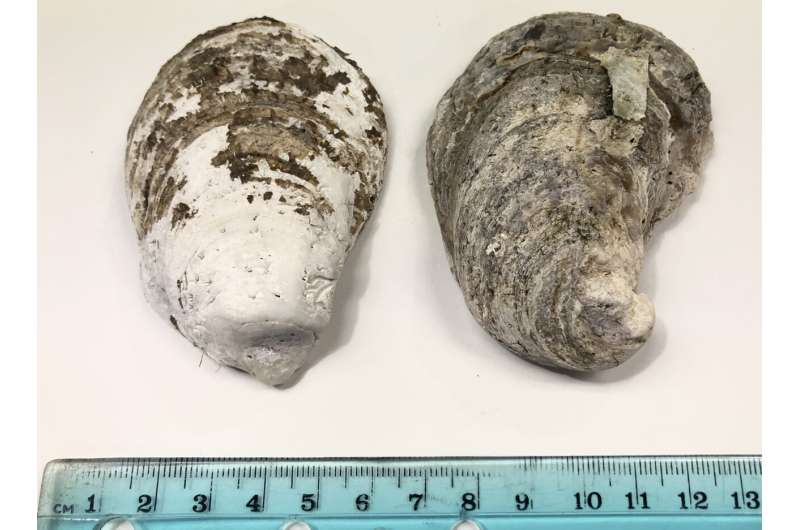New research from the University of Central Florida (UCF) highlights the growing conflict between oysters and mangroves along Florida’s coastlines. Published in the Marine Ecology Progress Series, the study investigates how increasing mangrove populations, bolstered by restoration efforts, are inadvertently threatening the health of oyster reefs.
Oysters and mangroves both play critical roles in coastal ecosystems, offering storm protection and fostering biodiversity. However, recent findings by UCF graduate student Katherine Harris and Pegasus Professor Linda Walters reveal that as mangrove populations have tripled in certain areas over the last 20–30 years, they have led to increased sediment acidification. This acidification poses a significant risk to oysters, which are vulnerable to dissolving in more acidic conditions.
Harris, who is pursuing her doctoral degree in integrative and conservation biology, explains that “mangroves are great at changing their surrounding habitat to benefit more mangroves coming in.” As the acidity of the sediment rises, oyster shells can degrade, impacting the reefs’ ability to provide essential services such as filtration and wave attenuation. The research indicated that in mangrove-dominated areas, oyster shells lost approximately 8% of their mass over two years, compared to just 1% in areas without mangroves. In extreme instances, some shells experienced up to a 40% loss of mass.
The encroachment of mangroves onto oyster reefs raises pressing questions for coastal management. Walters, an expert in coastal ecology, states that while mangroves are not actively harming oysters, their natural growth patterns could lead to the latter’s decline. “The primary question that we get is: ‘Should we now be removing mangroves from oyster reefs?'” she notes. “It is important to share that the mangroves have done nothing wrong—they are simply being mangroves.”
The potential decline of oyster populations threatens the ecological balance of coastal regions. Walters emphasizes the importance of oysters, which filter an estimated 20 gallons of water daily. A decrease in oyster reefs could lead to reduced water clarity, adversely affecting species like seagrasses that depend on sunlight for growth. Additionally, the erosion of oyster populations would deprive local wildlife, including birds and fish, of vital food sources.
To better understand the impacts of acidification, the research team conducted experiments using cleaned and emptied oyster shells placed in different mangrove density areas within Mosquito Lagoon and Indian River Lagoon. They discovered that acidity levels increased dramatically in mangrove-influenced habitats, with acidity levels rising by 85% when comparing oyster reefs with and without mangroves, and by 142% when comparing fully mangrove-dominated areas.
While live oysters may possess some ability to combat acidification, Harris points out that this defense could strain their energy resources. “Live oysters are probably going to be able to have some pushback against acidification,” she says. “However, it probably would negatively impact their health, because they’re no longer focusing on getting bigger.”
As a result, the research team advocates for a balanced approach in coastal restoration efforts, suggesting that both mangroves and oyster reefs are essential for ecosystem health. Harris urges future studies to consider how these two critical habitats can coexist without compromising one another.
UCF’s Coastal and Estuarine Ecology Lab (CEELAB), led by Walters, collaborates with local educators to support mangrove restoration. Last year, the lab helped grow approximately 1,700 mangroves in classrooms to promote coastal recovery initiatives. Walters notes, “We do understand the importance of mangroves for shoreline protection, and along these shorelines, the mangroves grow landward of the oysters.”
This research underscores the necessity for further exploration into the relationship between mangroves and oyster reefs, particularly as coastal restoration efforts continue to evolve. The findings offer crucial insights for resource managers tasked with maintaining the balance of these vital ecosystems.





























































